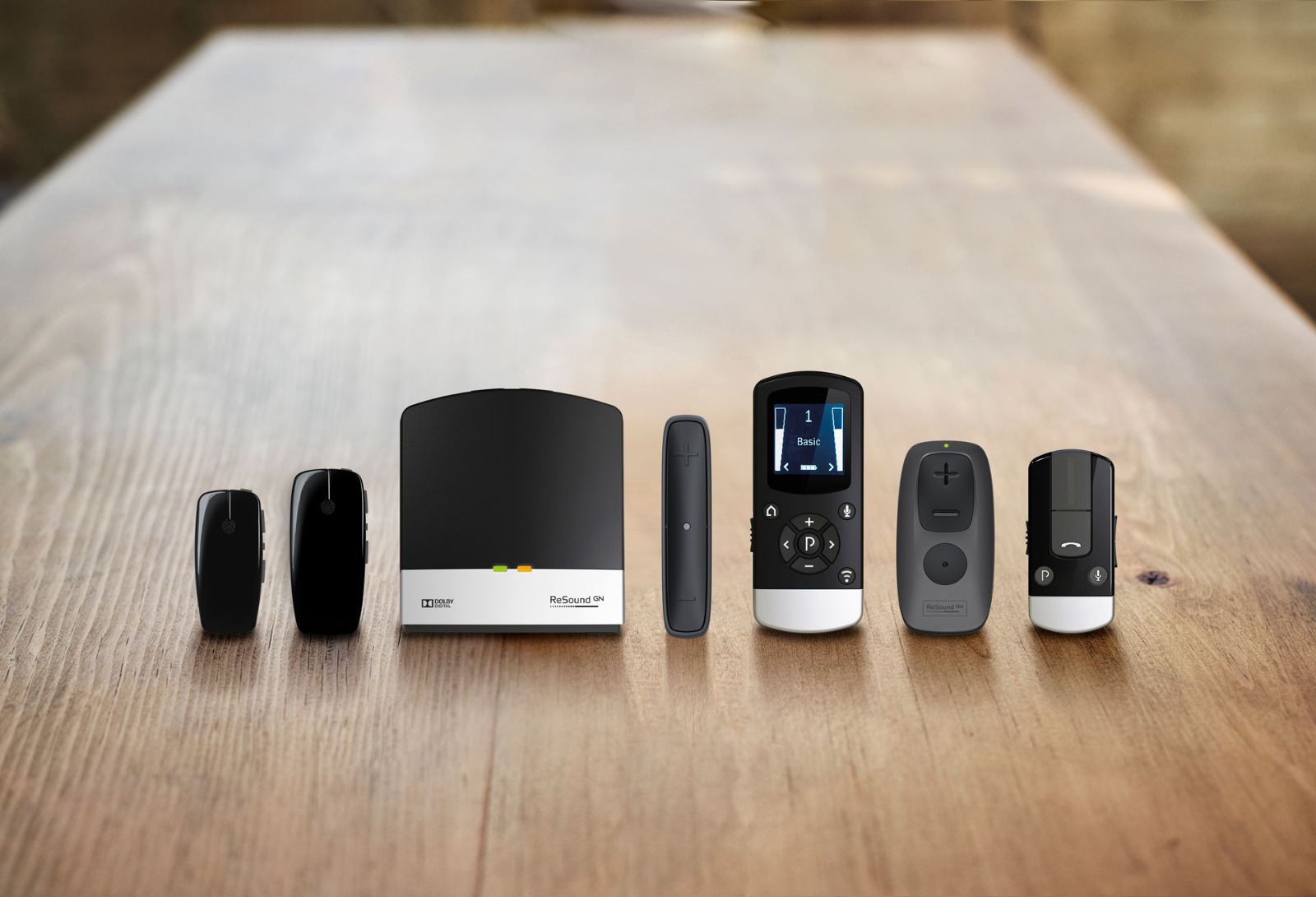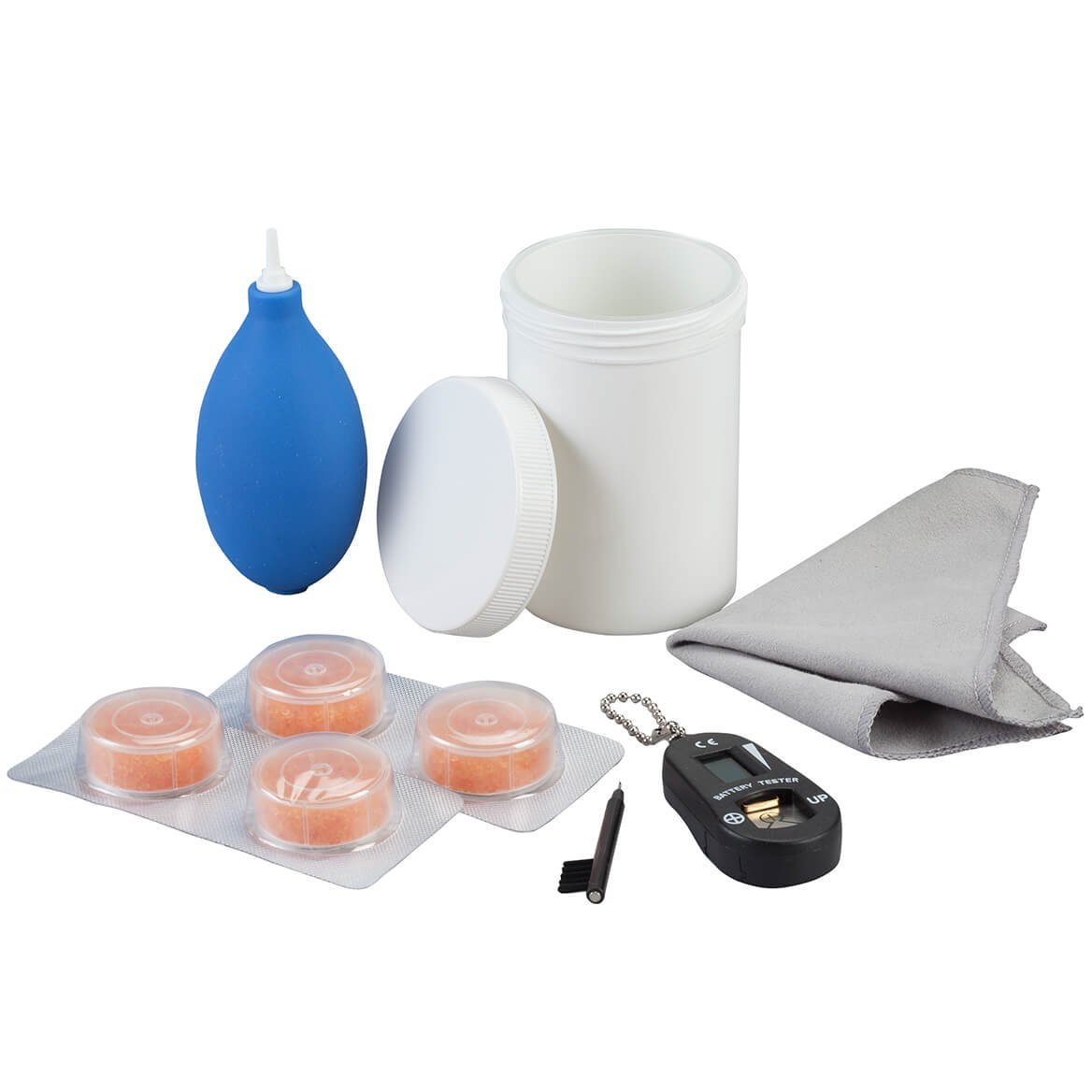ASSISSTIVE LISTENING DEVICES
Personal listening systems /assistive listening devices that allow you to tune in to what you want to hear and mute other sounds along with your hearing aids. Especially helps in attending in class room environments and group meetings.
WHAT TYPES OF ALDS ARE THERE?
FM SYSTEM : One type of ALD is an FM transmitter/receiver combination. In this set-up the speaker may wear an FM transmitter on her clothing, and then the wireless FM signal is sent to anyone in the room wearing an FM receiver. When noise levels increase, students with hearing loss or attention issues often struggle to differentiate important speech sounds – such as the teacher’s voice – from the surrounding noise. In these situations FM technology is a real plus, as it helps students better hear and respond to the teacher’s directions, improving their performance as a result.
INFRARED : Technology uses the same concept as with an FM system. The signal is passed from an infrared transmitter that uses pulses of light to transmit the sound, and it can be received by a person wearing an infrared receiver.
INDUCTIVE LOOP : An inductive loop system is a system that uses an electromagnetic field to amplify the sound of the speaker, and then sends that sound to anyone wearing an inductive loop receiver.
WIRELESS ACCESSORIES

person who use hearing aids can get the most out of their listening experience with wireless accessories for direct audio streaming and discreet control. With a full ecosystem, they can clearly hear everything from TV and phone calls to family members, even in noise. Great connectivity options are at their fingertips.
BATTERIES
Hearing aids use zinc air batteries to draw the power. Based on style of hearing aid, the size of battery and life of the battery varies. The life of battery varies from 1 week to 1 month based on size, usage and power consumption.

EAR MOLDS
An ear mold is a piece of plastic or other soft material moulded to precisely fit in the ea and to deliver the sound from a behind the ear hearing aid. Earmolds are anatomically shaped and can be produced in different sizes and in hard or soft material. It improves sound transmission to eardrums , diminish feedback paths in hearing aids and assure better intelligibility in noisy-environment communication. The main goal in wearing earmolds is to attain better user comfort and efficiency. Earmolds (and their tubes) often turn yellow and stiff with age, and thus need replacement on a regular basis.
EAR PROTECTIVE DEVICES
Hearing protection devices decrease the intensity of sound that reaches the eardrum. They come in two forms

DEHUMIDIFIER (DRY KITS)
De humidifiers are used to absorb the moisture from the hearing aids. Most often it contains silica granules which absorb the moisture. With the use of dry kits, life of hearing aids will be extended, less repairs, Better sound quality, Longer battery life and Fresh and clean hearing devices
CLEANING TOOLS
An cleaning kit is a handy tool designed for safe and effective ear hygiene. Typically consisting of soft silicone or plastic tips and a gentle suction mechanism, these kits help remove excess earwax and debris without the risk of damaging the eardrum. Users can easily control the suction strength, making it suitable for all ages. The kit provides a non-intrusive, comfortable way to maintain ear cleanliness, promoting better hearing and overall ear health. Always follow the instructions carefully to ensure safe usage and consult a healthcare professional if you have any concerns about your ear health.







